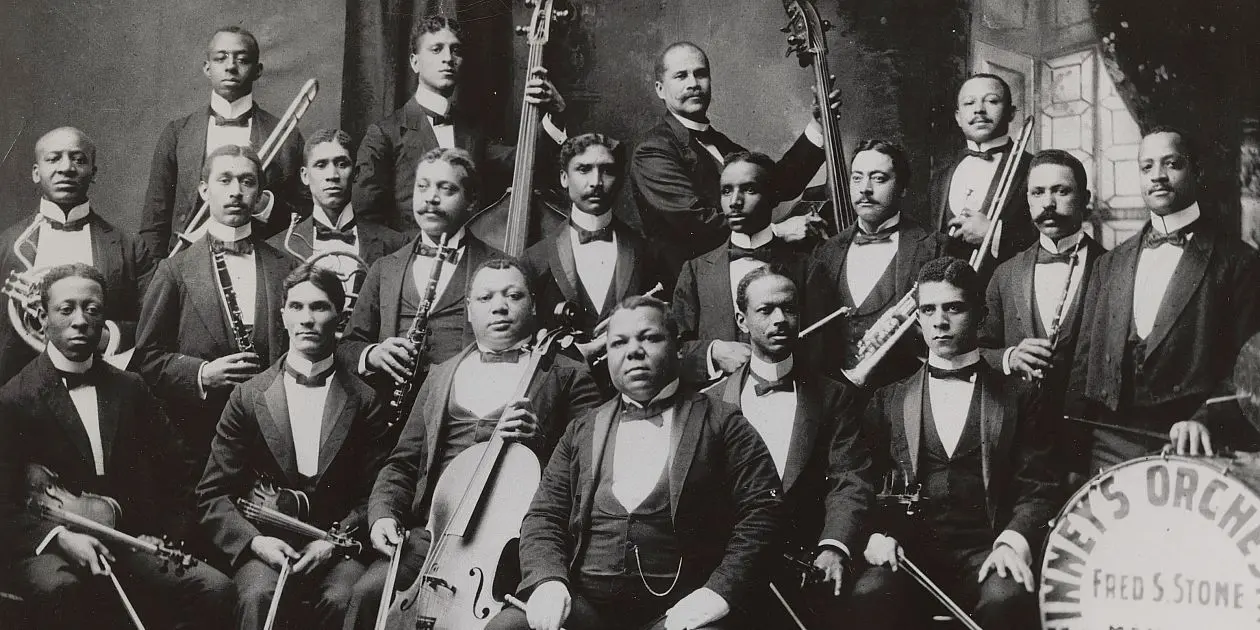Symposium on Historic American Music
Symposium on Historic American Music: Diverse Sounds for a Young Nation
The symposium includes performances and workshops by leading professional musicians and lectures and presentations by renowned scholars.
Diverse Sounds for a Young Nation celebrates and explores American music from 1860 to 1920, featuring spirituals, brass bands, popular songs, ragtime, banjo and string bands, “jass” and more, spanning vernacular and classical traditions.
The 60 years between 1860 and 1920 saw an extraordinary explosion of new musical styles in America. Theaters brought us the distinctive sounds of minstrelsy, melodrama, vaudeville, operetta, musical comedy and revue. Ballrooms introduced novel dance music, while bandstands and parlor pianos gave rise to popular songs and uniquely American forms like ragtime, blues and early “jass.” Susquehanna University’s symposium Diverse Sounds for a Young Nation offers an engaging two-and-a-half-day exploration of these foundational influences on our nation’s musical and cultural development.
Proposals may be submitted for scholarly research papers and demonstrations relating to American music created, composed or performed during the period 1860-1920. Learn more here.
Registration is open now:
Thursday, Oct. 16
4:15–4:45 p.m.
Stretansky Hall
Lecture-demo by Dr. Christopher Troiano and the 8th Green Machine Regiment Band
5 –5:45 p.m.
8th Regiment Band Concert
6–6:45 p.m.
Stretansky Hall
Lecture-demo by Colin Hancock and members of the Roof Garden Jass Band
7 p.m.
Degenstein Campus Center
Kick-off party
Friday, Oct. 17
9 a.m.
Stretansky Hall
Welcome speech by Rick Benjamin
9:15–11 a.m.
Academic papers
11 a.m.–12 p.m.
Lecture-demo by Dom Flemons
12:15 p.m.
Degenstein Campus Center
Keynote Luncheon. Speaker: John McWhorter
2–3:45 p.m.
Academic papers
4 p.m.
Susquehanna University Symphonic Band
Dinner on your own
7:30 p.m.
Paragon Ragtime Orchestra, Meet Me At The Fair!
Showcasing the music of the early World’s Fairs in America.
Saturday, Oct. 18
9–11 a.m.
Papers
11–11:45 a.m.
Lecture by Edward A. Berlin
12 p.m.
Closing celebration – TBA!
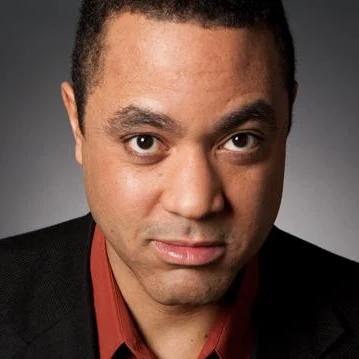
John H. McWhorter, Keynote Speaker
John H. McWhorter is an associate professor in the Slavic Department at Columbia University. He earned his B.A. from Rutgers, his M.A. from New York University, and his Ph.D. in linguistics from Stanford. Professor McWhorter is an author of more than twenty books, including The Power of Babel: A Natural History of Language, Losing the Race: Self Sabotage in Black America and Our Magnificent Bastard Tongue: The Untold History of English. In 2016, he published Words on the Move: Why English Won’t – and Can’t – Sit Still (Like, Literally), while in 2021 he published Nine Nasty Words and Woke Racism. He also writes a weekly column for The New York Times and hosts the language podcast Lexicon Valley. Students might be particularly interested in his article on how immigrants change languages in The Atlantic and an essay on policing the “N-word” in Time.
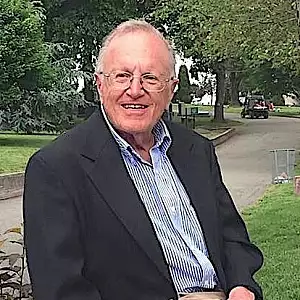
Edward Berlin
American musicologist and author Edward A. Berlin, Ph.D., is widely regarded as one of the world’s leading authorities on ragtime and composer Scott Joplin. Berlin’s 1980 book Ragtime: A Musical and Cultural History is the most widely cited study of the subject. His monograph Reflections and Research on Ragtime (1988) won the ASCAP Deems Taylor Award, and his King of Ragtime: Scott Joplin and His Era (1994; second edition 2016) is acclaimed as the definitive biography of the composer.
Berlin has taught at Hunter College and was visiting professor and acting director of the Institute for Studies in American Music at Brooklyn College.
He has written dozens of articles, reviews and essays on American music for numerous publications, as well as encyclopedia entries for The New Grove Dictionary of American Music, African American National Biography, The New Grove Dictionary of Music and Musicians, The International Dictionary of Black Composers, Baker’s Biographical Dictionary of Musicians, Collier’s Encyclopedia and others.
Since 1979, Berlin has lectured at concerts, festivals and universities across the United States and has been a popular guest on television and radio programs in the U.S., Great Britain, the Netherlands, Germany and Hungary.
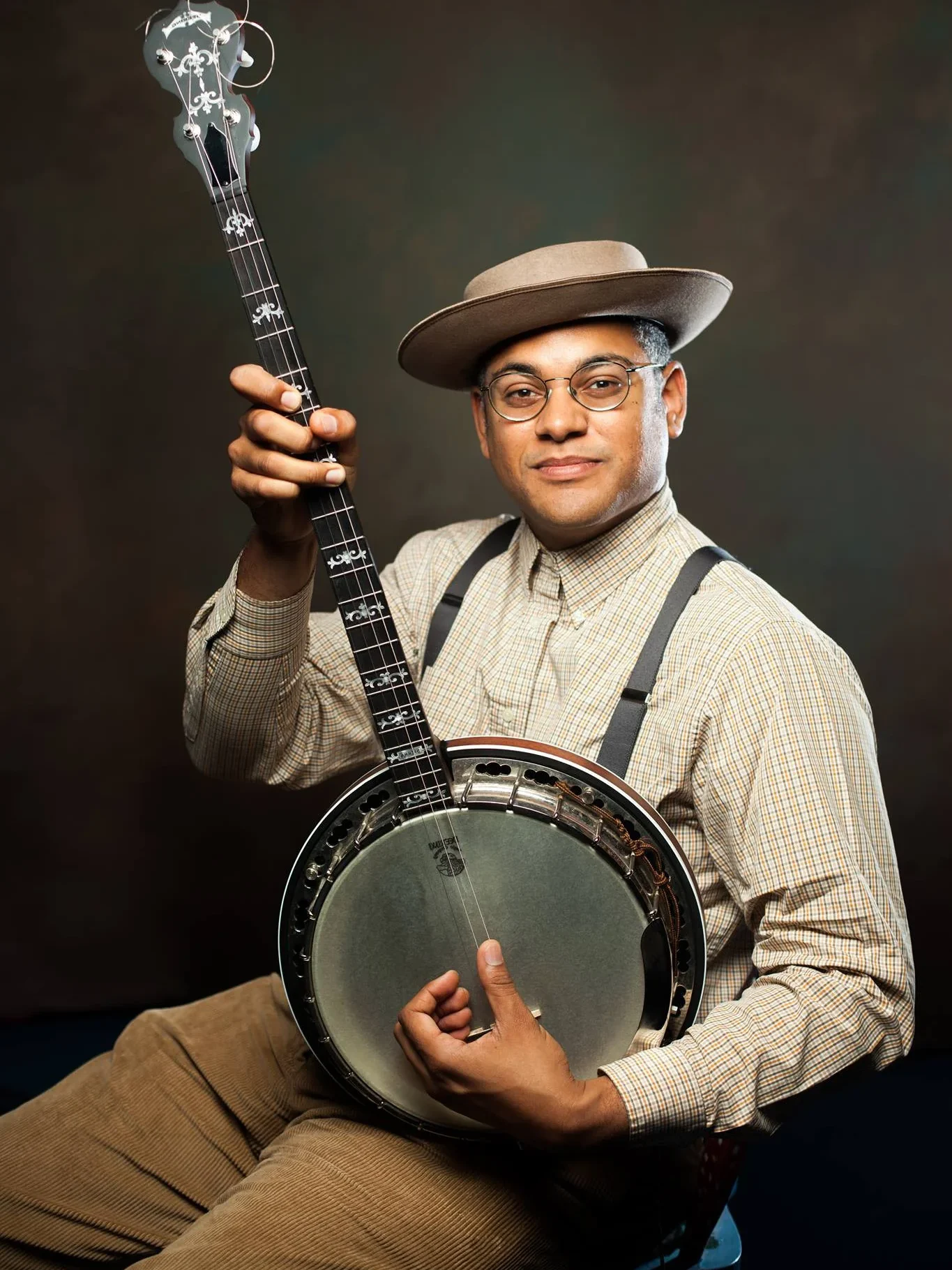
Dom Flemons
Dr. Dom Flemons “The American Songster” received an Honorary Doctorate from Northern Arizona University and he’s a GRAMMY Award Winner with four GRAMMY nominations, Two-Time EMMY Nominee, International Acoustic Music Award Grand Prize Winner, and was a United States Artists Fellow. He is a musician based in the Chicago area and he is famously known as “The American Songster®” since his repertoire covers over one hundred years of American roots music; including country, folk, bluegrass, Americana, and the blues. Flemons is a songwriter, multi-instrumentalist, music scholar, historian, actor, narrator, host, slam poet, record collector, podcaster, and the creator, host, and producer of the American Songster Radio Show on WSM in Nashville, TN. He is considered an expert player on the banjo, guitar, harmonica, jug, percussion, quills, fife and rhythm bones. He is the co-founder of the Carolina Chocolate Drops and the founder of American Songster Productions.
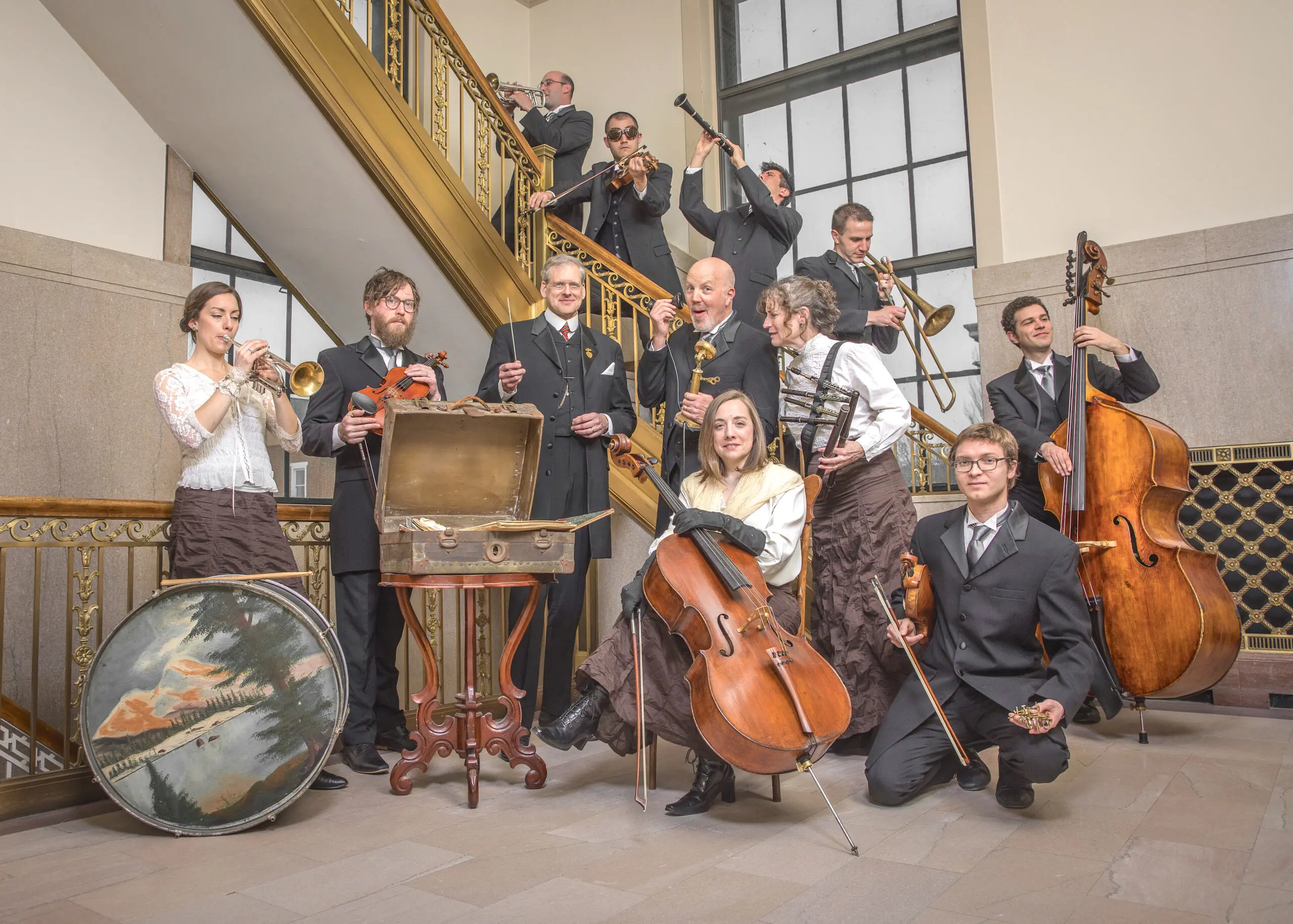
Paragon Ragtime Orchestra
The Paragon Ragtime Orchestra (PRO) is the world’s only year-round professional ensemble dedicated to re-creating “America’s Original Music” — the syncopated sounds of early musical theater, silent cinema and vintage dance. The orchestra was founded after Rick Benjamin discovered thousands of early 20th-century orchestra scores belonging to Victrola recording star Arthur Pryor in 1985.
The PRO made its formal debut in 1988 at Alice Tully Hall, marking the first Lincoln Center concert by such an ensemble. Since then, the group has performed at hundreds of prominent arts venues worldwide and gained a loyal following through radio broadcasts on WQXR, NPR programs such as All Things Considered and Performance Today and international networks including the BBC and Voice of America.
More information about Rick Benjamin can be found at rickbenjamin.com.
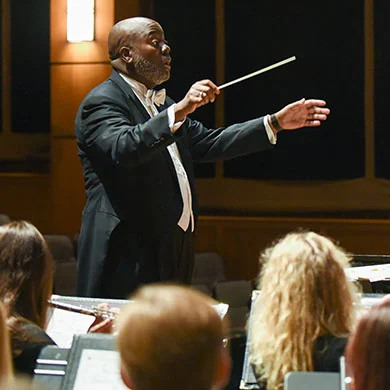
Susquehanna University Symphonic Band
The Susquehanna University Symphonic Band brings together talented student musicians from across campus, offering an opportunity for in-depth musical study. Performing a diverse repertoire for winds and percussion, the ensemble explores works from composers of various backgrounds and traditions.
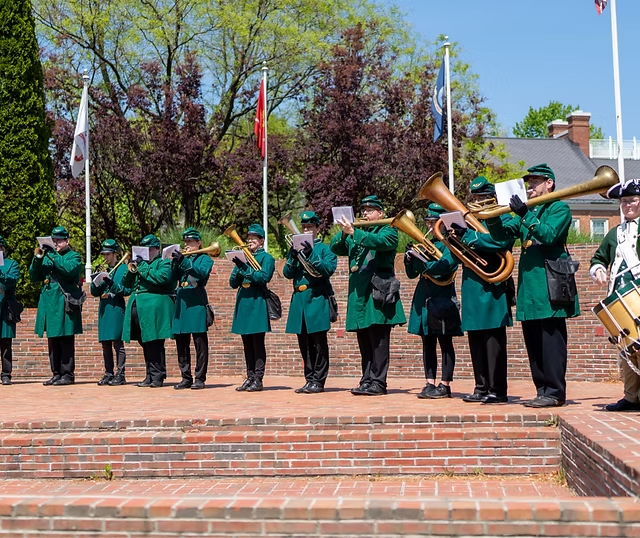
The 8th Green Machine Regiment Band
The 8th Green Machine Regiment Band performs 19th-century brass band music using authentic 19th-century instruments and mouthpieces. Many of the band’s instruments feature an over-the-shoulder (OTS) bell design, which allowed bands to march in front of soldiers while ensuring the music reached the troops.
The band wears uniforms inspired by those of the 1st and 2nd United States Sharpshooters (Berdan’s) during the Civil War. Their performances honor historical and social traditions while presenting the vibrant sounds of 19th-century America in a way that resonates with modern audiences.
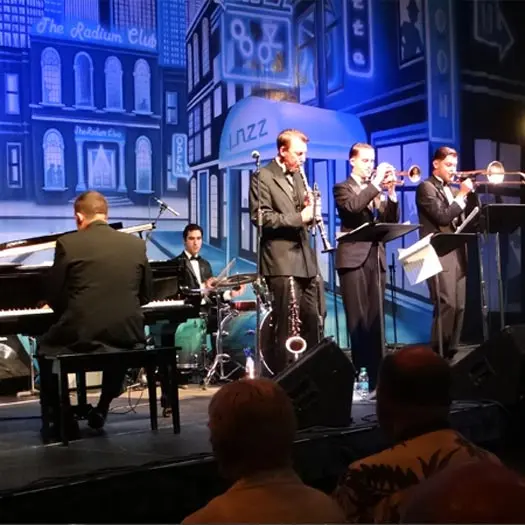
The Roof Garden Jass Band
The Roof Garden Jass Band performs for jazz societies nationwide, including events such as the Tribute to Bix Beiderbecke Festival in Wisconsin, the Orange County Classic Jazz Festival in California and Dick Hyman’s Jazz in July Festival at New York’s 92nd Street Y. The band is also a regular feature at the Hot Steamed Jazz Festival in Essex, Connecticut.
Their repertoire includes music by the Original Memphis Five, the Louisiana Five, the Frisco Jazz Band, the New Orleans Rhythm Kings, the Georgians and other “rag-a-jazz” bands that predate King Oliver’s historic 1923 recordings. The Roof Garden Jass Band is the only group exclusively dedicated to preserving and performing this early era of jazz.
More information about Colin Hancock is available at dailyillini.com.
Call for Proposals: Diverse Sounds for a Young Nation
Deadline: May 1, 2025
Diverse Sounds for a Young Nation invites proposals for individual papers and workshops focusing on music-making in the United States from 1860 to 1920.
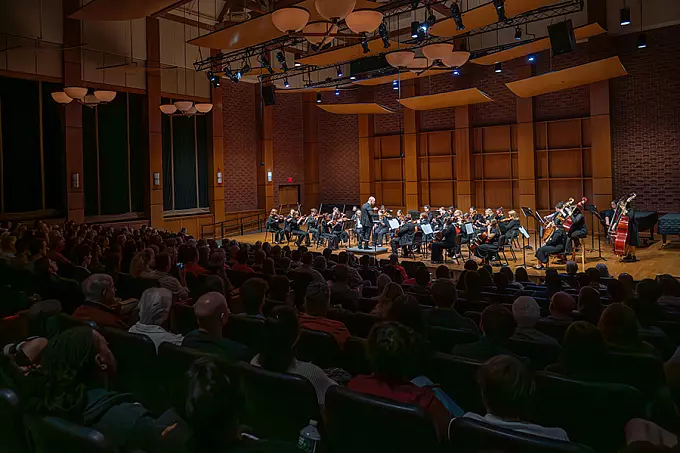
Symposium Information
Directions & Parking
Venue address: Susquehanna University, 514 University Ave., Selinsgrove, PA 17870
For over 165 years, Susquehanna University has been a rich cultural resource for creative expression and intellectual discussion in the Susquehanna River Valley. From innovative human expression in theatre, music and dance to global art and artifacts in exhibitions — and much more in between — the variety of programs offers world-class art, performances and lectures.
Parking indicated on the map. All venues are wheelchair-accessible.
Wi-Fi access
Free Wi-Fi will be available throughout the venue. Details for accessing Wi-Fi will be provided upon check-in.
Selinsgrove Area
- Comfort Inn Routes 11 & 15, Selinsgrove (570) 374-8880
- Econo Lodge Routes 11 & 15, Shamokin Dam (570) 743-1111
- Fairfield Inn & Suites Susquehanna Valley Mall Drive, Selinsgrove (570) 884-8301
- Hampton Inn Routes 11 & 15, Shamokin Dam (570) 743-2223
- Holiday Inn Express Routes 11 & 15, Selinsgrove (570) 743-9275
- Quality Inn Selinsgrove 613 N. Susquehanna Trail, Selinsgrove (570) 374-8880
- Selinsgrove Inn Market Street, Selinsgrove (570) 374-4100
- Fox Boro Bed & Breakfast 93 Church Road, Selinsgrove (570) 374-8750
Sunbury Area
- The Stained Glass Inn 152 Market St., Sunbury (570) 259-1264
Lewisburg Area
(13 miles north of Selinsgrove)
- Aderi Hotel 313 N Derr Dr, Lewisburg (570) 523-1171
- Best Western 7701 W Branch Hwy, Lewisburg (570) 524-5500
- Country Inn & Suites 134 Walter Drive, Lewisburg (570) 524-6600
- Comfort Suites 4775 W Branch Hwy, Lewisburg (570) 524-8000
- Fairfield Inn & Suites 70 Hardwood Drive, Lewisburg (570) 523-0095
- Hampton Inn Lewisburg Route 15, Lewisburg (570) 522-8500
- Holiday Inn Express Route 15 & I-80, New Columbia (570) 568-1100
- Lewisburg Hotel 136 Market St., Lewisburg (570) 523-7800
- Quality Inn Route 15 & I-80, New Columbia (570) 568-8000
- The Barn at Pheasant Ridge 376 Pheasant Ridge Rd., Lewisburg (570) 939-0024
- The Pineapple Inn 439 Market St., Lewisburg (570) 524-6200
- The Tawsty Flower 106 S. 4th St., Lewisburg (570) 522-6600
